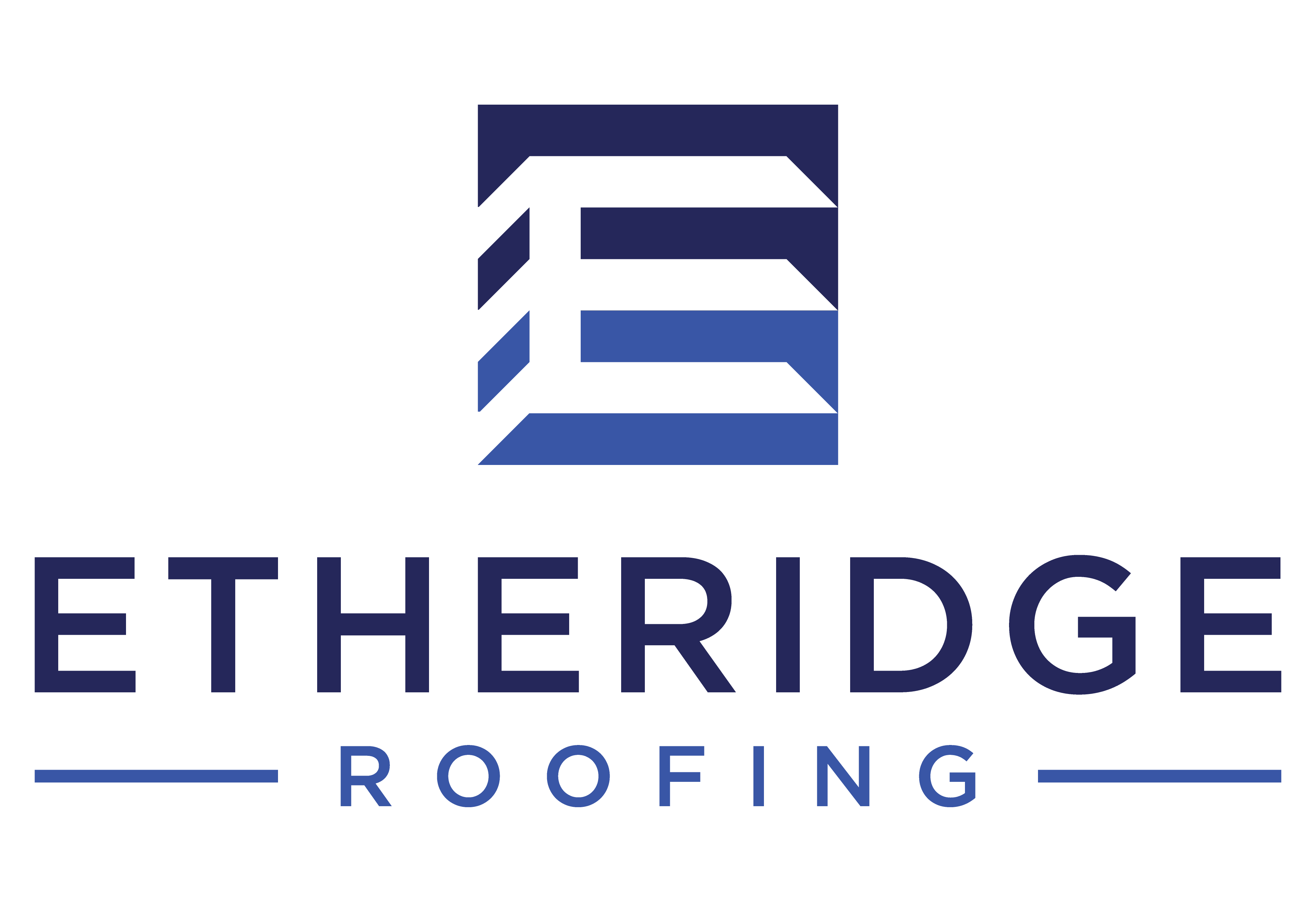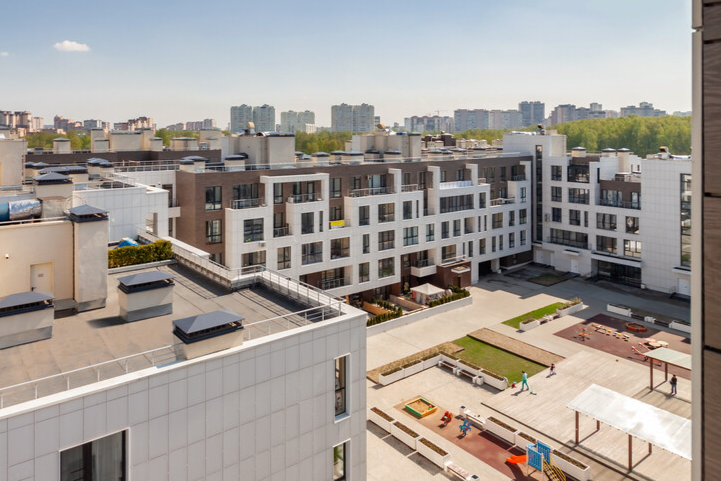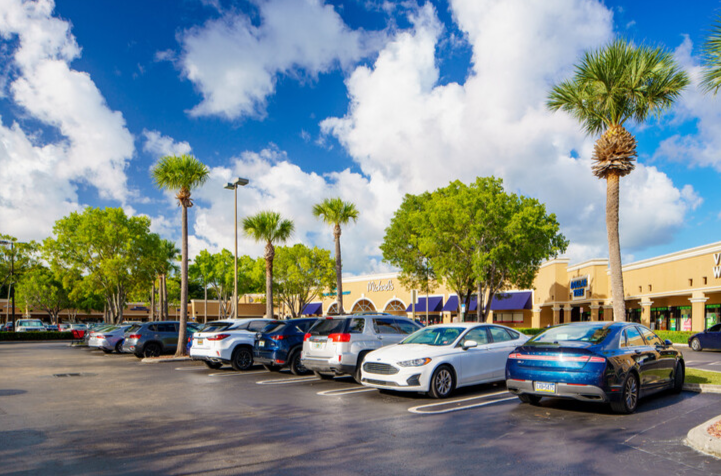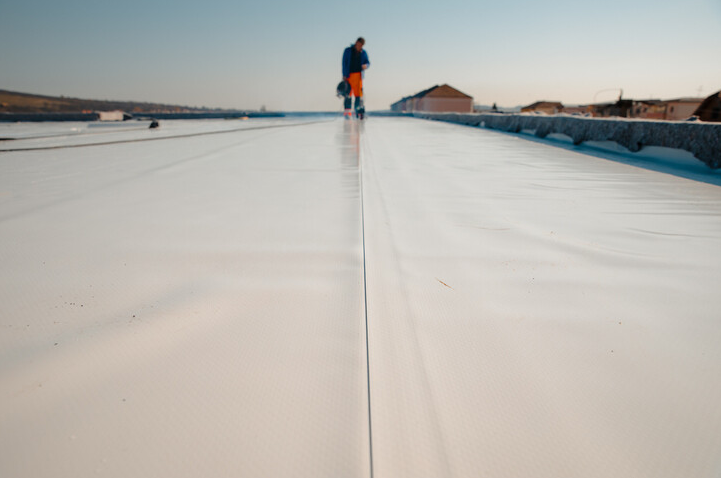Environmentally Sound: Updating Your Commercial Flat Roofing with Sustainability in Mind
Commercial flat roofing is becoming increasingly popular due to its cost-effectiveness and easy maintenance. But, in today’s world, businesses have the responsibility to be eco-friendly and sustainable. Updating your commercial flat roofing with sustainability in mind is not only beneficial to the environment but also to your wallet. With the right materials and practices, you can ensure that your flat roofing is both energy efficient and cost-effective. In this blog post, we’ll explore the various options and tips for creating an environmentally sound commercial flat roof.
Why Sustainable Commercial Flat Roofing Matters
In today's world, being environmentally conscious is more important than ever. Businesses have an opportunity to reduce their environmental footprint by choosing green, environmentally friendly options for their commercial flat roofing needs. Sustainable roofing solutions not only help protect the environment, but they can also provide cost savings over the long term.
Traditional roofing materials like asphalt and metal can have a significant impact on the environment. For instance, asphalt releases volatile organic compounds (VOCs) during the manufacturing process and when it's installed. VOCs are harmful to human health and contribute to air pollution. Meanwhile, metal roofs require a lot of energy to manufacture and can be difficult to recycle.
By contrast, environmentally friendly roofing materials like green roofs, solar panels, and white or reflective roofs can help businesses reduce their carbon footprint. Not only do they reduce energy consumption, but they also provide insulation, which can lower heating and cooling costs. As a result, businesses can save money on their energy bills and help protect the environment at the same time.
Materials to Consider for a Green Flat Roof
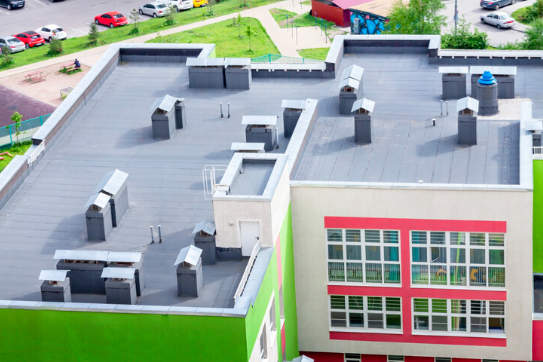
When updating your commercial flat roof with sustainability in mind, one of the most important decisions you'll make is the type of roofing materials you use. Fortunately, there are plenty of environmentally friendly options available that can help reduce your building's carbon footprint while providing reliable protection from the elements.
One popular choice for sustainable commercial flat roofing is EPDM, a synthetic rubber roofing material that is both durable and environmentally friendly. Other eco-friendly roofing materials include TPO, PVC, and asphalt shingles made from recycled materials.
When choosing your roofing materials, it's important to consider not only their environmental impact, but also their durability, ease of installation, and overall cost-effectiveness. Additionally, make sure to look for products that are certified by industry organizations like Energy Star or the Cool Roof Rating Council.
By choosing environmentally friendly roofing materials, you can not only reduce your building's carbon footprint, but also save money on energy bills and reduce maintenance costs over the long term.
Energy-Efficient Insulation Options
When it comes to designing a sustainable commercial flat roof, energy-efficient insulation is key. Insulation can significantly reduce heat transfer through the roof, which can help lower heating and cooling costs for your building.
One environmentally friendly option to consider is cellulose insulation, which is made from recycled paper and requires less energy to produce than traditional insulation materials. It also has a high R-value, which measures the insulation’s ability to resist heat transfer.
Another option is spray foam insulation, which can be made from renewable resources like soybeans. It also provides an air-tight seal, which helps prevent air leaks and can further improve energy efficiency.
Regardless of the insulation type you choose, it’s important to ensure that it’s properly installed. Even the best insulation won’t be effective if it’s not installed correctly, so make sure to work with a reputable contractor who specializes in environmentally friendly insulation.
By incorporating energy-efficient insulation options into your sustainable commercial flat roof design, you can help reduce your building’s carbon footprint while also saving on energy costs.
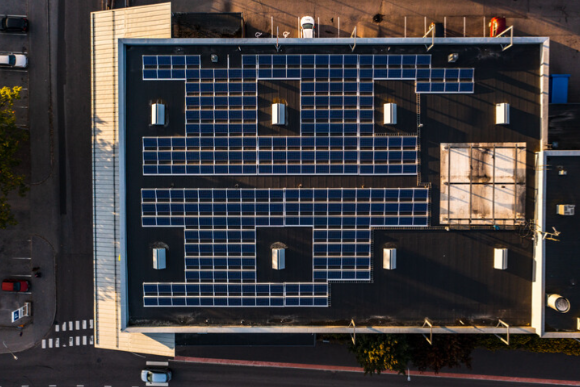
Maximizing Sustainability with Cool Roofs
When it comes to environmentally friendly roofing options for your commercial flat roof, cool roofs should be at the top of your list. These roofs reflect the sun's rays and absorb less heat than traditional roofs, reducing the need for air conditioning and ultimately decreasing your energy costs. This means lower energy bills and a more sustainable operation for your business.
One way to create a cool roof is by selecting reflective roofing materials. These include single-ply membranes, modified bitumen, and some types of metal roofing. Another option is to use coatings or paints that reflect the sun's rays. These coatings come in different colors and textures, allowing you to customize the look of your roof while keeping it cool.
Cool roofs have a proven track record of improving energy efficiency, which can lead to a decrease in greenhouse gas emissions and contribute to a more sustainable future. When designing or updating your commercial flat roof, make sure to consider cool roof options to maximize sustainability.
Other Sustainable Roofing Strategies

In addition to the materials and insulation options discussed above, there are other sustainable roofing strategies that can be implemented to further increase the environmental friendliness of your commercial flat roof.
One option is to install a green roof, which involves covering the roof with vegetation and soil. This can provide insulation benefits and reduce stormwater runoff, as well as improving air quality and creating habitat for local wildlife.
Another option is to utilize renewable energy sources such as solar panels or wind turbines on the roof. This can provide a significant source of clean energy and potentially even generate excess power that can be sold back to the grid.
In addition, it is important to consider the maintenance and end-of-life options for your roof. Choosing materials that are easy to repair and recycle can help to reduce waste and extend the lifespan of your roof.
Overall, there are many different strategies and options available to create an environmentally friendly commercial flat roof. By carefully considering the materials, insulation, and other sustainable features, you can help to minimize the impact of your building on the environment.
Conclusion
When it comes to updating your commercial flat roof, sustainability should be a top priority. With the right materials and techniques, you can create an environmentally friendly roofing system that not only benefits the planet, but also your business's bottom line.
Using sustainable materials like green roofs and recycled insulation can significantly reduce your building's carbon footprint, while also improving insulation and reducing energy costs. The use of cool roofs can also help to reflect heat and reduce the urban heat island effect in urban areas.
In addition to materials and design strategies, it's also important to work with a roofing contractor that understands the importance of sustainability and has experience in environmentally friendly roofing systems.
Overall, the benefits of an environmentally sound commercial flat roof are undeniable. From cost savings to environmental impact, taking the time to design and implement a sustainable roofing system can benefit your business for years to come.
Posts by Tag
Recent Posts
Popular Posts
Have you ever wondered what goes into a commercial
As a property manager, you know that maintaining...
When choosing the best commercial flat roof for...
Recent Posts
The connection between the quality of our...
Selecting the appropriate roofing system is...
